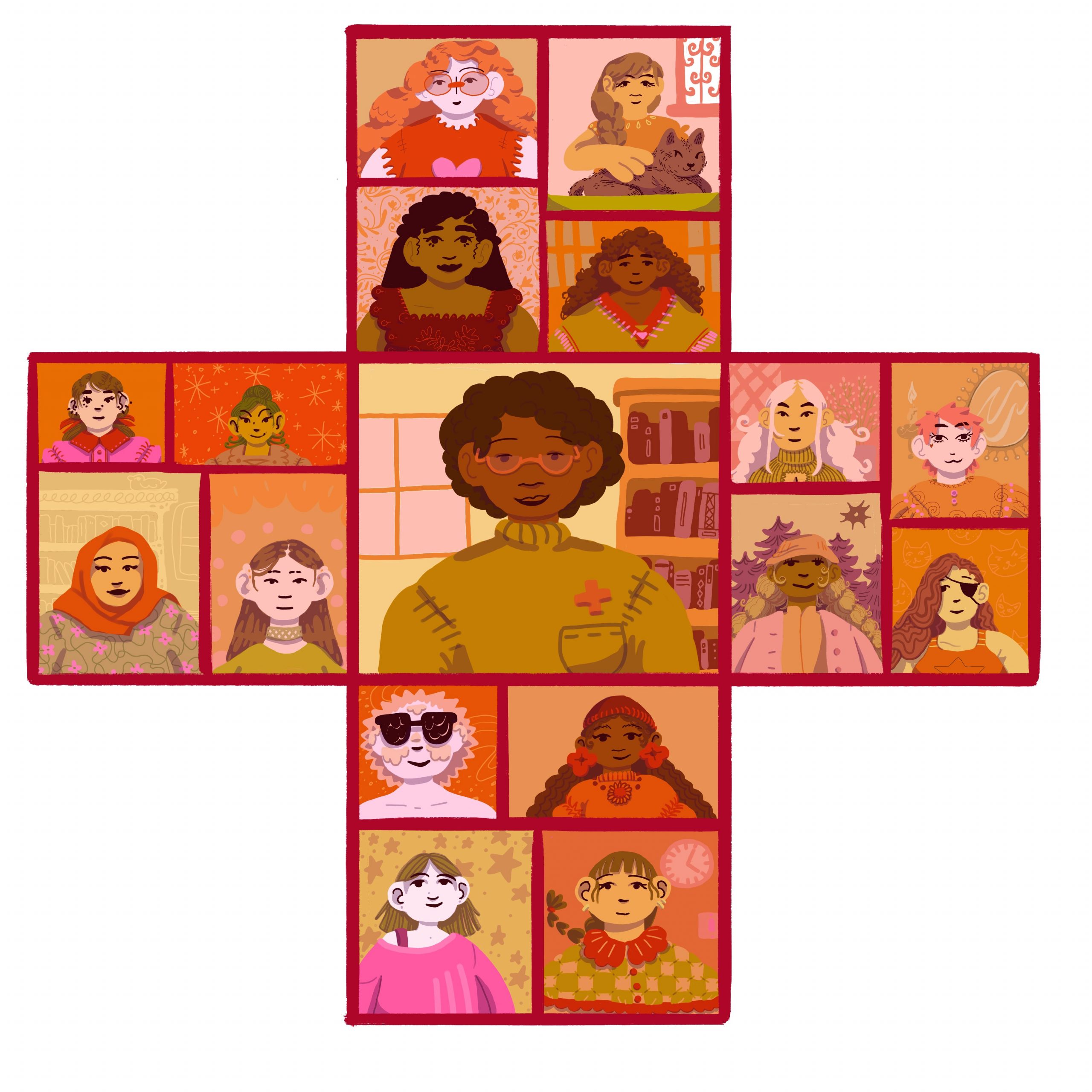For most Americans in suburban or urban areas, a trip to the doctor is usually as innocuous as a quick 20-minute car ride. But for 20 percent (60 million) of Americans who live in rural communities, where hospitals and the health care professionals needed to staff them are scarce, accessing basic medical care poses a much greater challenge.
The shortage of doctors and closure of hospitals in rural communities can be largely attributed to a generation of rising physicians who are unwilling to practice medicine in sparsely populated communities. A 2019 Merritt Hawkins survey found that only one percent of fourth year medical residents were willing to work in communities with less than 10,000 residents. As a result, 119 hospitals that once served rural communities have closed their doors since 2010, a record-breaking 18 of which closed in 2019 alone. In places such as Wheeler County, Oregon, community members have to travel over 70 miles to their nearest hospital to meet with a physician. Such an inconvenience ultimately means that these Americans often defer visits to the doctor until their medical situation becomes absolutely dire, a practice that leads to higher rates of obesity, cancer, diabetes, infant mortality, and death from preventable disease.
When Covid-19 struck in late March, forcing doctor’s offices and hospitals to admit only patients with emergency medical conditions in both rural and urban areas, the medical community was quick to take up a solution that had previously seen only limited use: telehealth. While not previously covered by Medicare or private insurance, virtual visits quickly became the norm as the Centers for Medicare and Medicaid Services temporarily expanded coverage to include telehealth appointments, with private insurance plans quickly following suit. Now, total telehealth visits are slated to surpass one billion in number by the end of 2020.
Although the adoption of telehealth is only meant to be a temporary solution while social distancing and other public health measures remain in effect, this shift in the healthcare delivery paradigm has incidentally increased healthcare accessibility for many segments of the population. For rural communities in particular, these virtual visits may very well be the key to breaking down geographic barriers to healthcare by connecting patients to healthcare providers without the time commitment or costs of traveling to their nearest hospital.
Dr. Jay Zaslow of Brewster, New York is a family physician at a federally qualified health facility where 80 percent of his patients fall under the national poverty line and can’t always afford a visit to the doctor. He expressed that when a person makes “$200 a week cleaning homes” or “has to work multiple shifts at McDonalds,” they can’t always afford the $20 taxi fare to transport themselves to the doctor’s office, let alone take time off work. Virtual visits provide patients with greater flexibility to see a doctor on their own time while also avoiding unnecessary transportation costs.
When virtual visits ballooned from five percent of his visits before Covid-19 to over 95 percent of visits as infection rates peaked in New York, Dr. Zaslow concluded that for “select problems, you could absolutely replace in-person visits with virtual ones.” While we have yet to reach the point of performing, say, a virtual rectal exam, Dr. Zaslow suggested that virtual medicine can serve to “complement” more traditional, in-person visits, increasing efficiency and elevating the quality of delivery.
If telehealth can practically be used to supplement healthcare in Brewster, with a population of under 3,000, perhaps telehealth should be more seriously considered as a way to supplement the shortage of healthcare services in other rural communities. Dr. Timothy Empkie, retired Associate Dean of Medicine at Brown’s Warren Alpert Medical School, once practiced medicine in Linton, North Dakota, a county larger than the entire state of Rhode Island but with a population of less than 6,000 people during the 1970s. He recalls that even back then, a rudimentary “virtual” line of communication existed between the primary hospital in Bismarck, North Dakota and the county’s health clinic. This link permitted the county to erect a miniature critical care unit to treat patients with mild heart attacks and facilitated life-saving care for patients who needed immediate attention.
Dr. Empkie believes that this same concept can be applied to allow patients in rural communities to receive medical consults from specialists anywhere in the country. Patients could choose to either receive consults from the comfort of their homes or from their local generalist’s office. While there are certainly limitations to telehealth, this newfound access to healthcare for patients in rural areas may very well end up being a silver lining of the Covid-19 pandemic.
